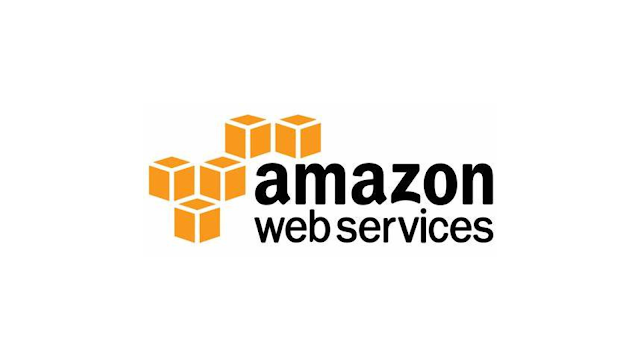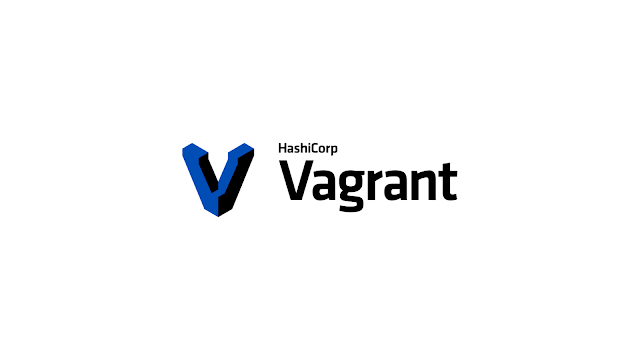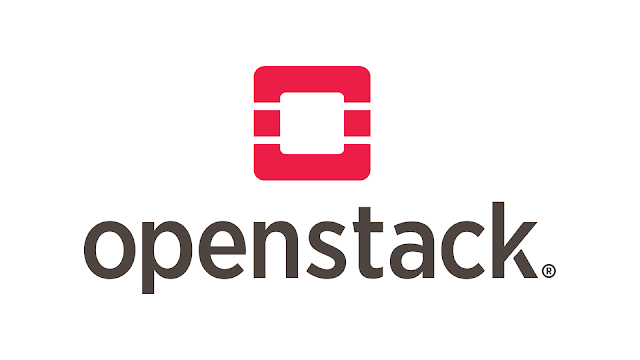My Kubernetes Lab Setup - Using Vagrant & Docker

My everyday driver is a Windows 10 PC, and today we will install minikube on Ubuntu 20.04 running as a Vagrant VM. I have already installed Hashicorp's Vagrant and Oracle VirtualBox on the PC to build up several environments for testing. You may know more about Vagrant from here , and get both downloaded from here ( Vagrant , VirtualBox ). Post installing Vagrant & Virtualbox now time to get our Kubernetes lab setup up and running. What is Minikube ? Minikube is an open-source tool that enables developers to easily set up and manage local Kubernetes clusters for development and testing purposes. By creating a single-node Kubernetes cluster within a virtual machine on the user's local machine, Minikube provides a convenient and isolated environment for simulating Kubernetes deployments. Its user-friendly command-line interface, compatibility with various virtualization drivers, and support for Kubernetes addons make Minikube an essential tool for developers looking to learn,...








